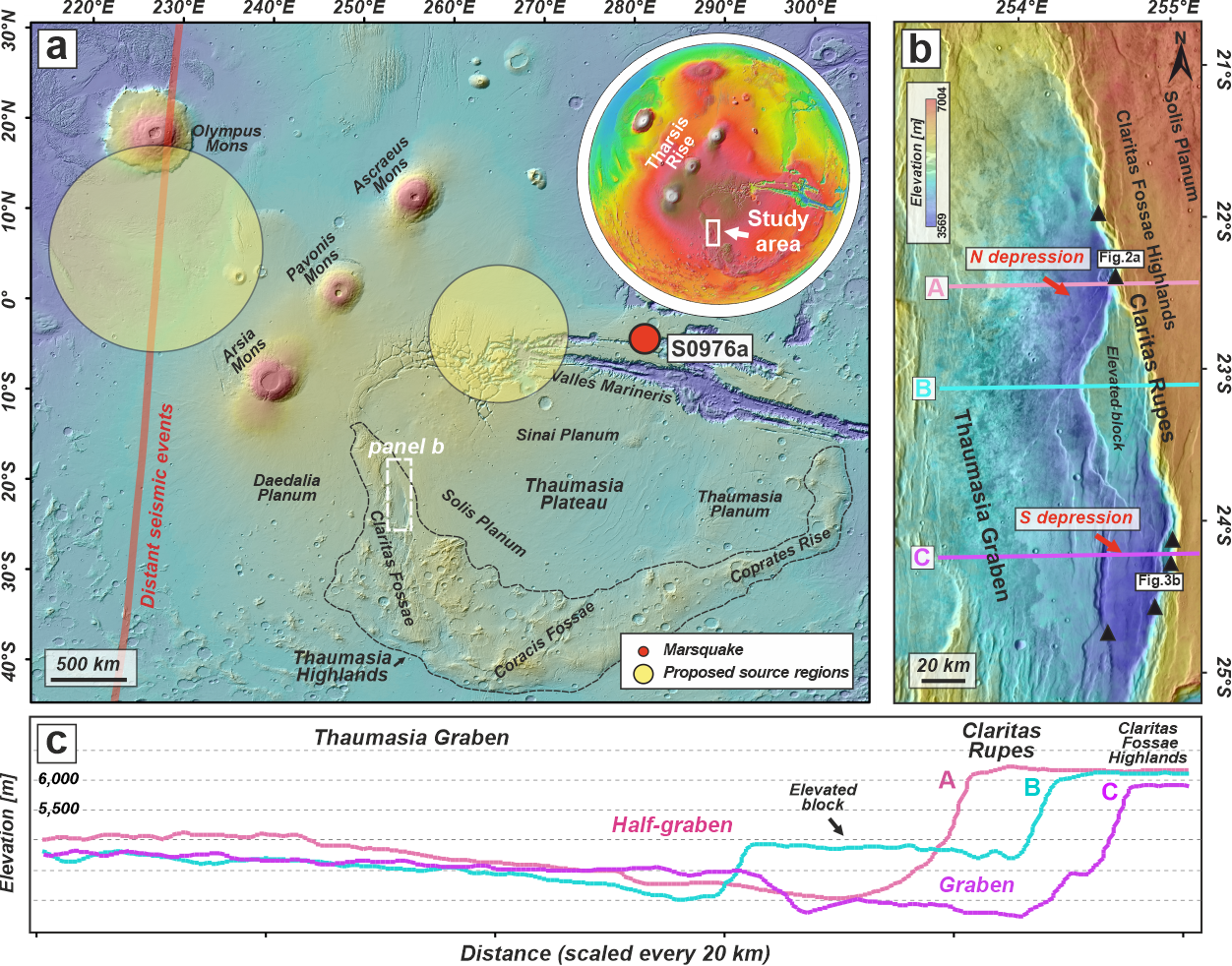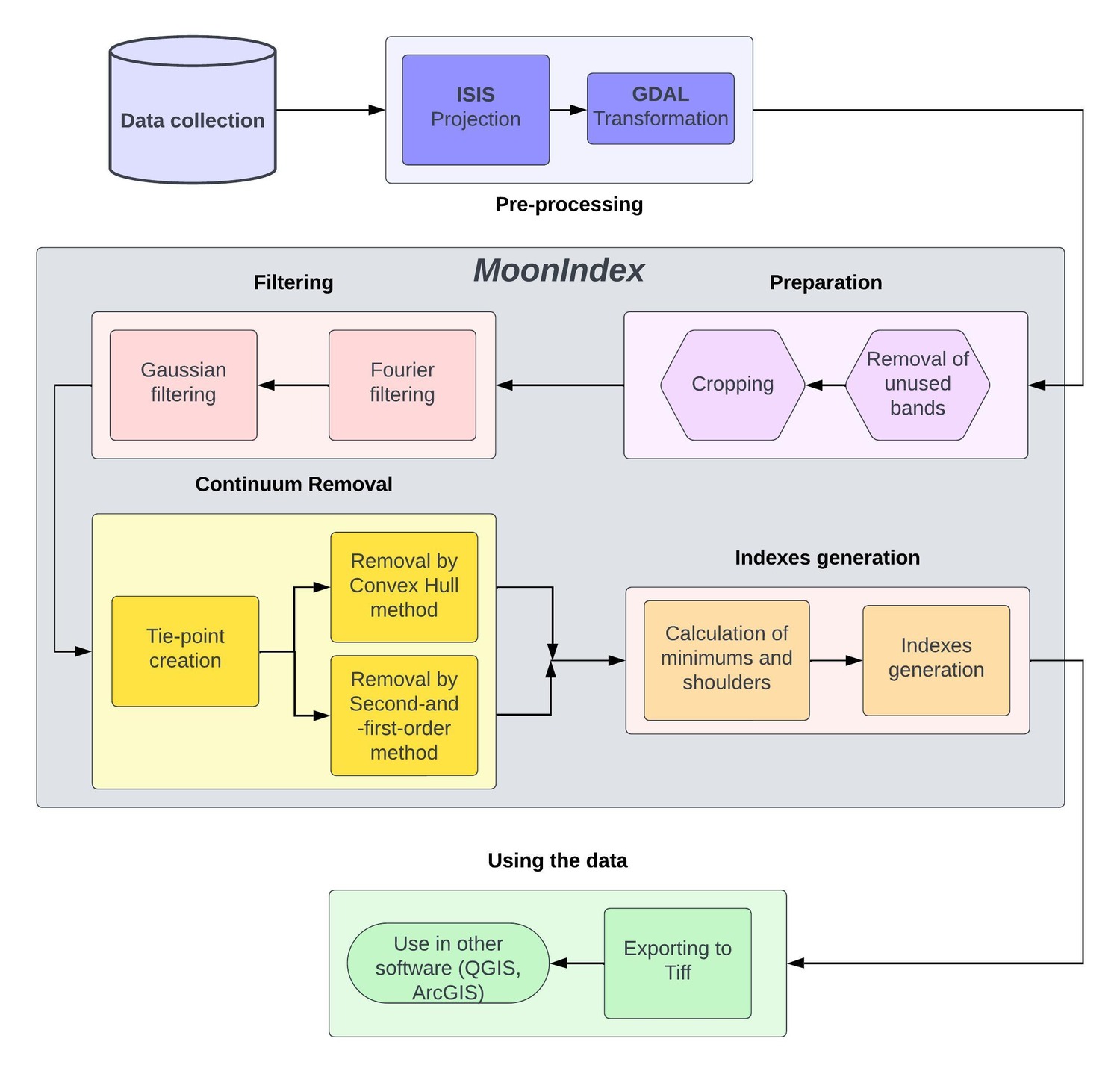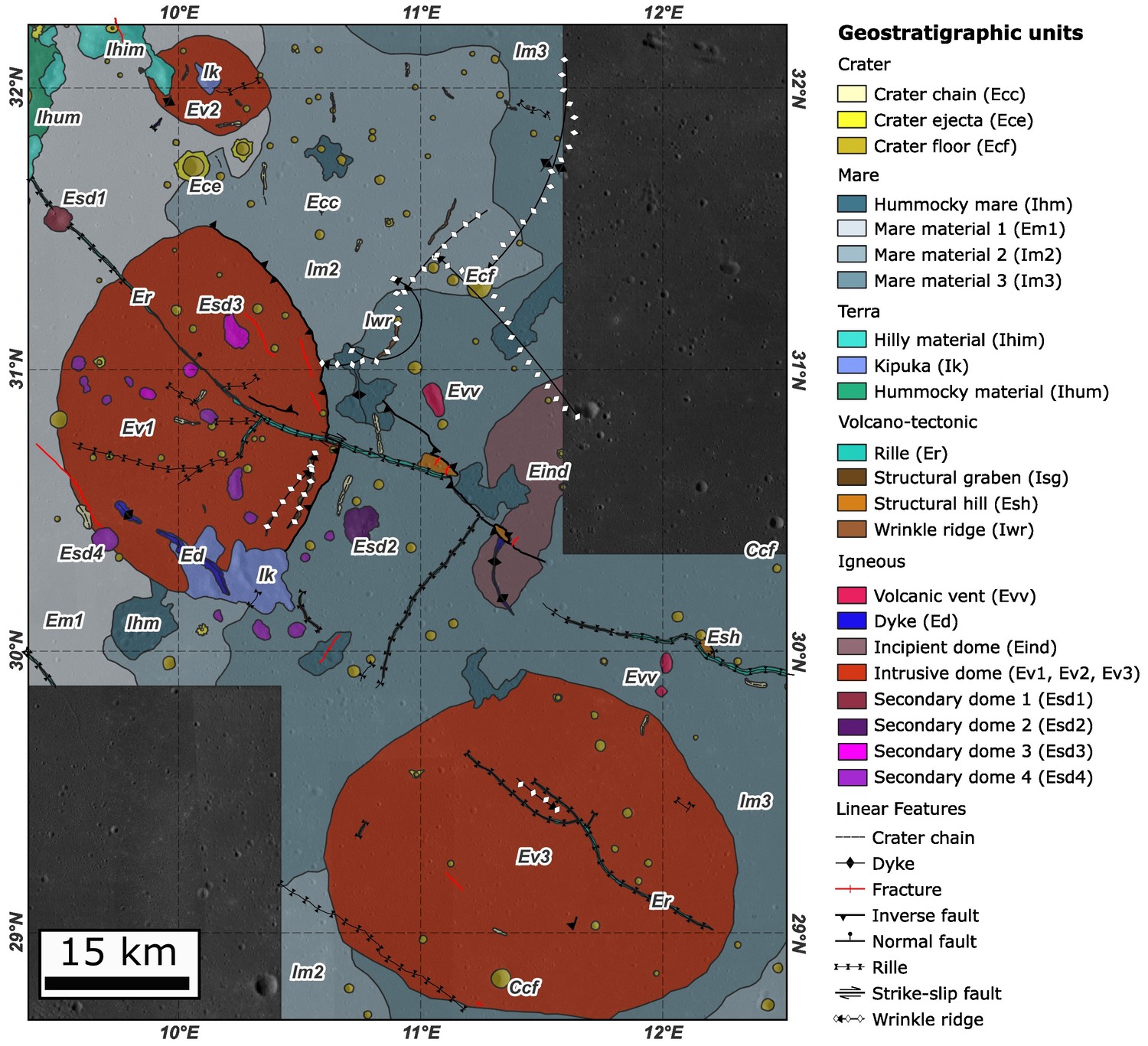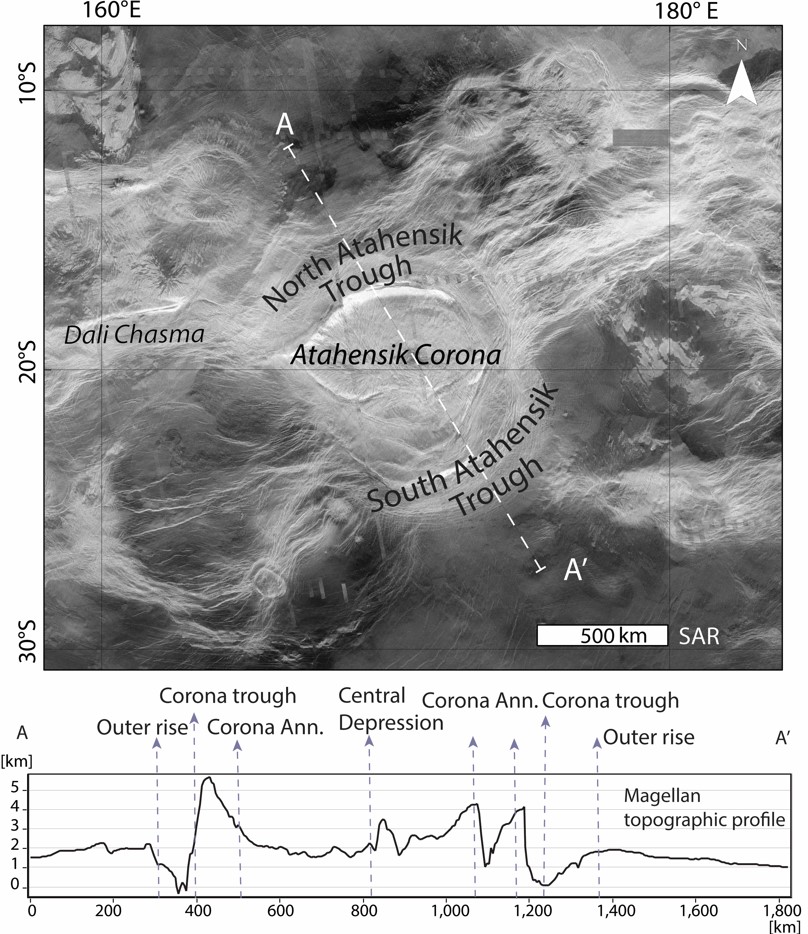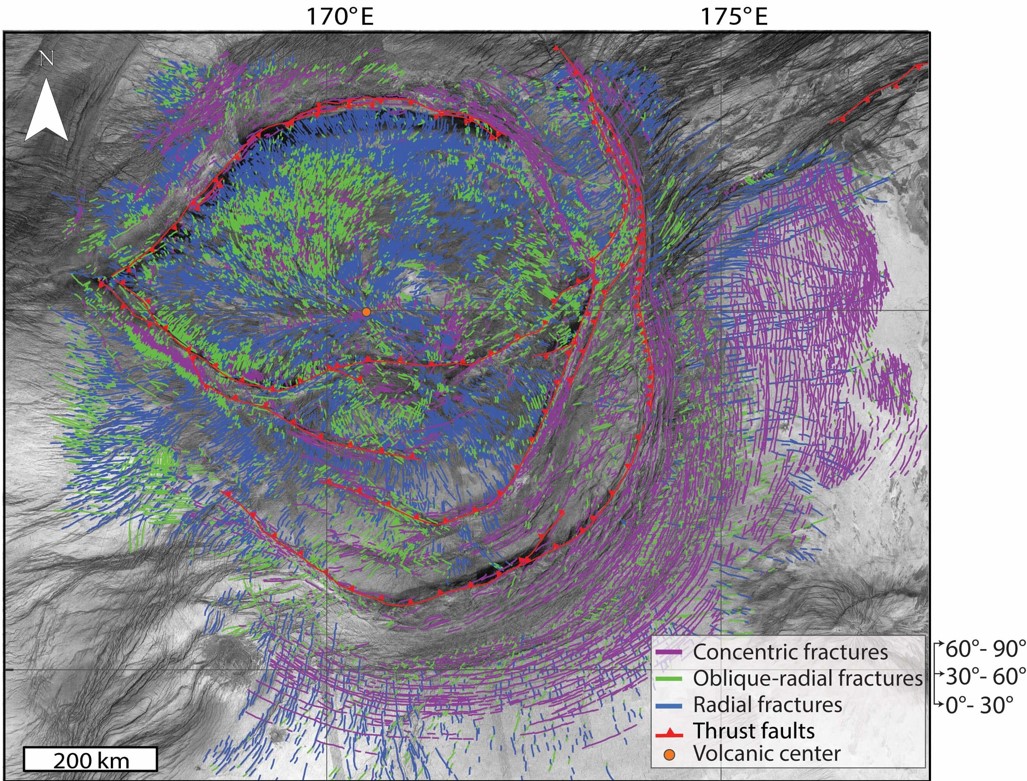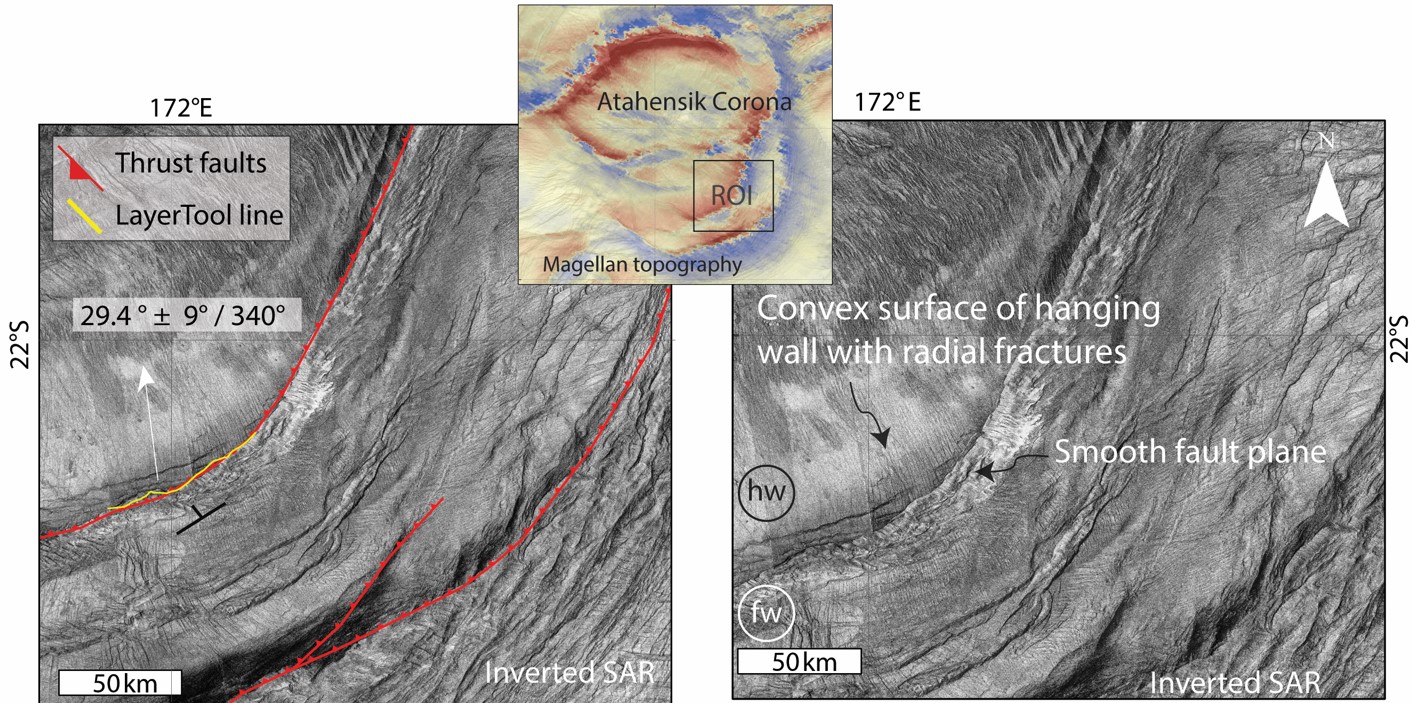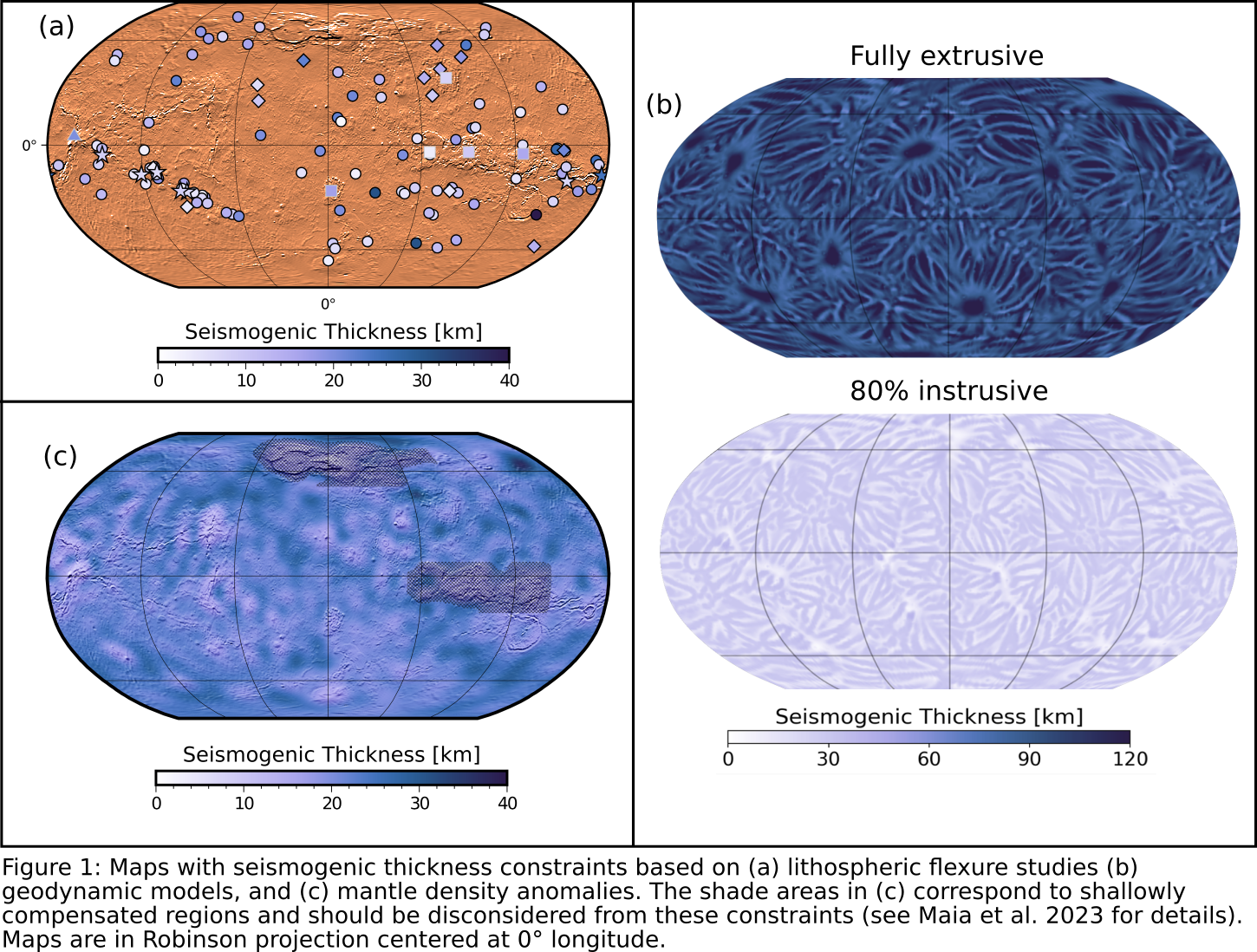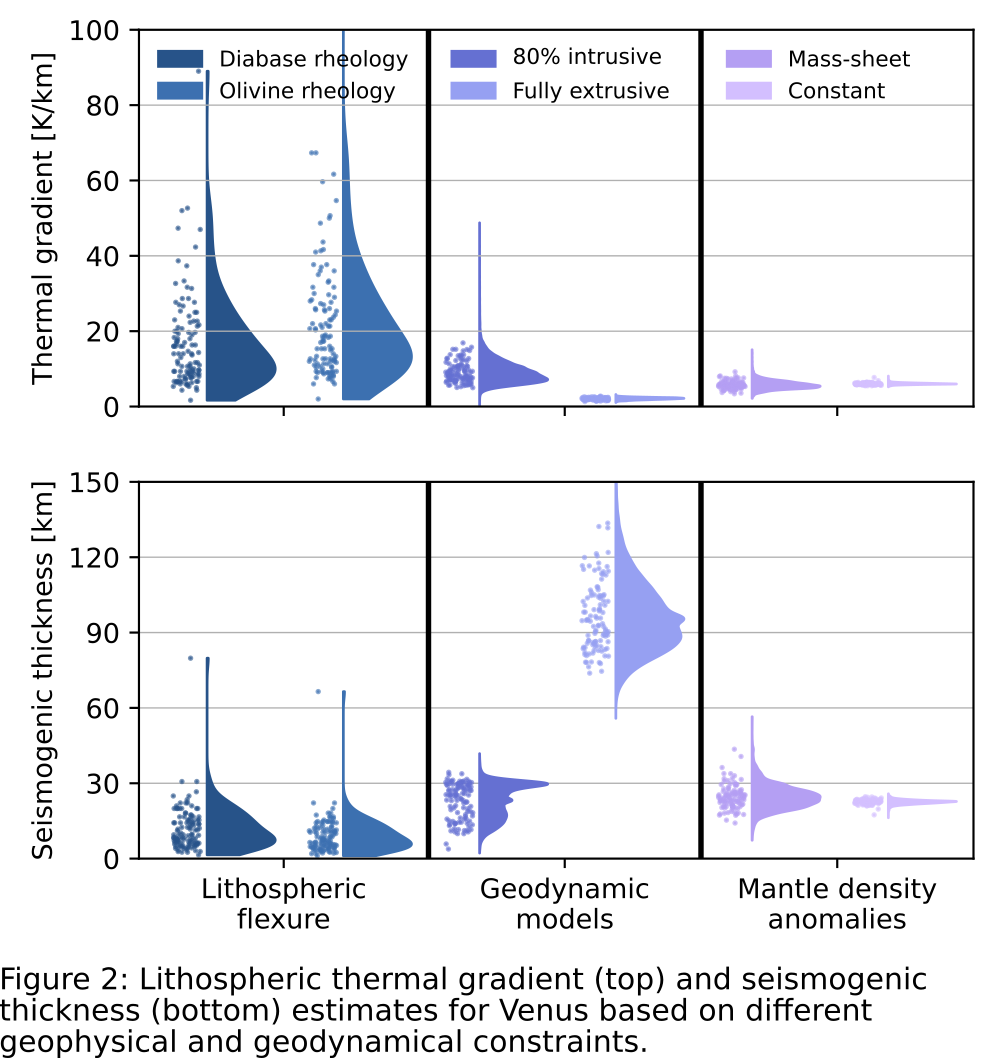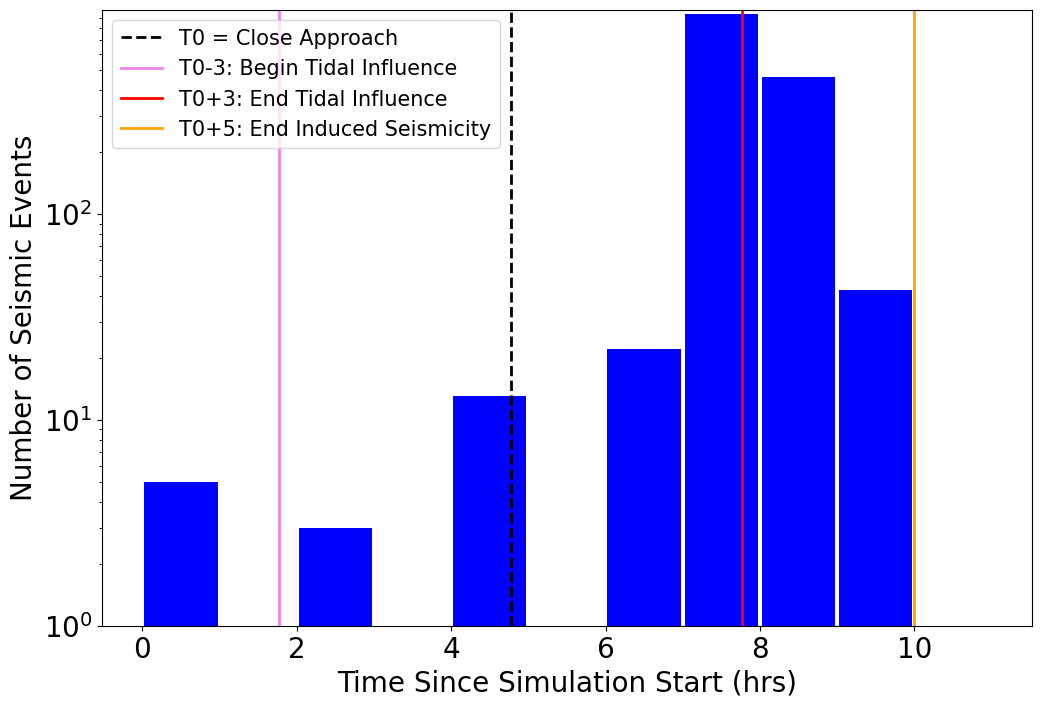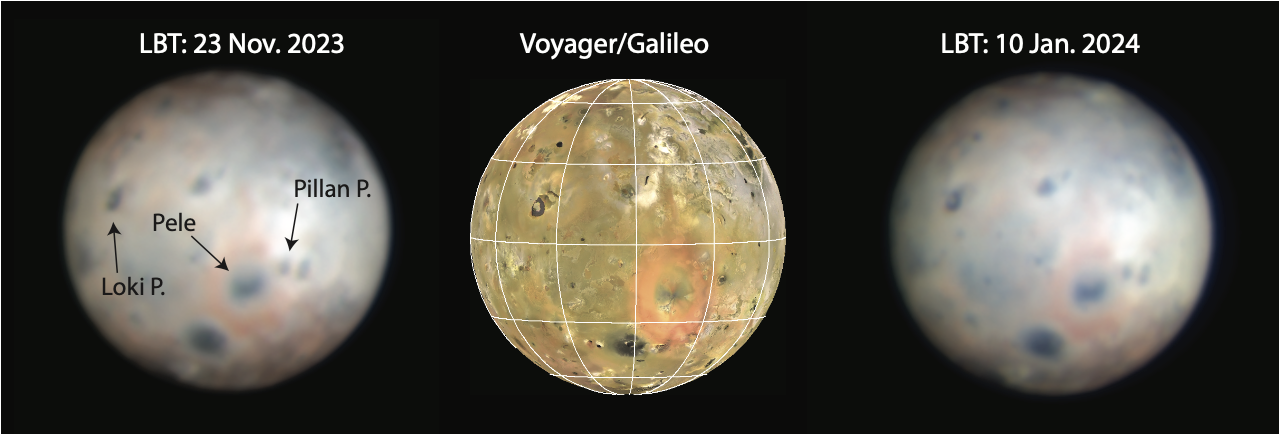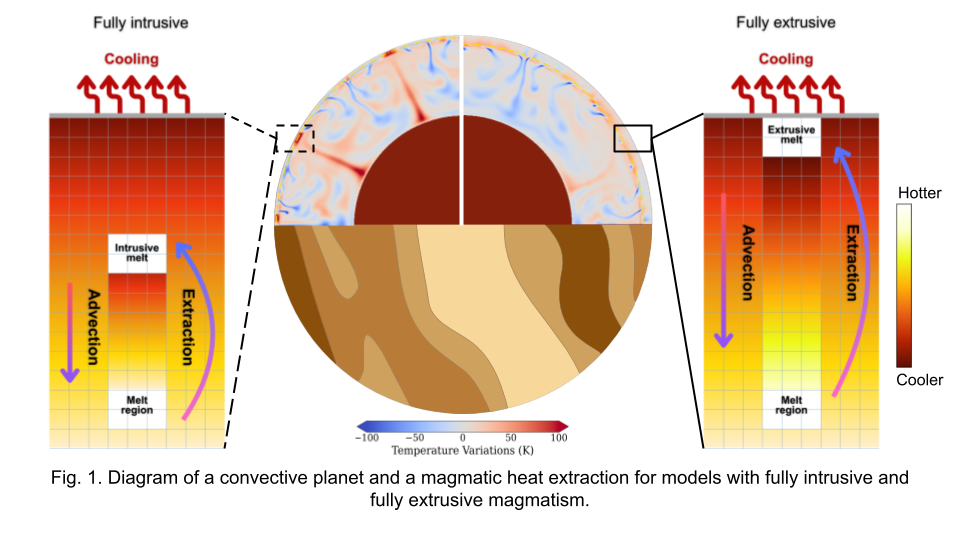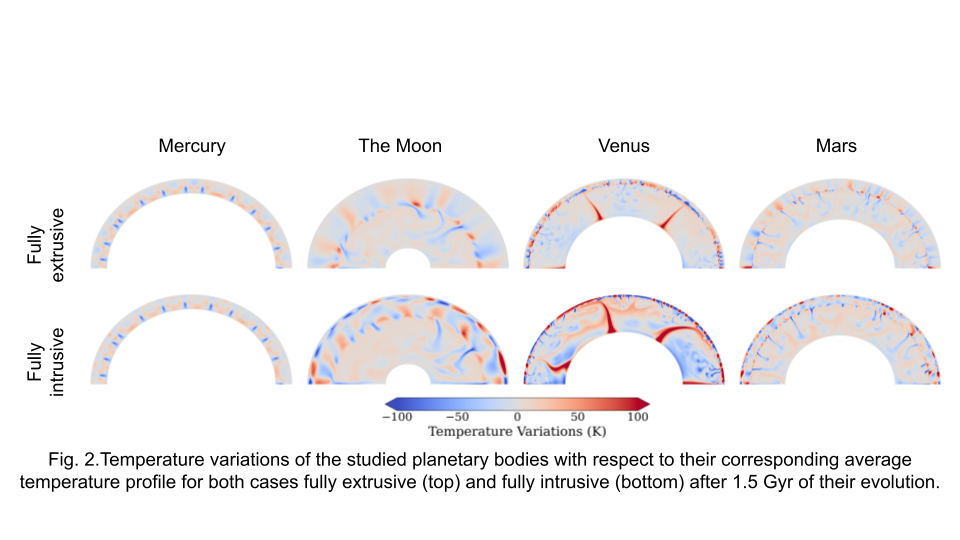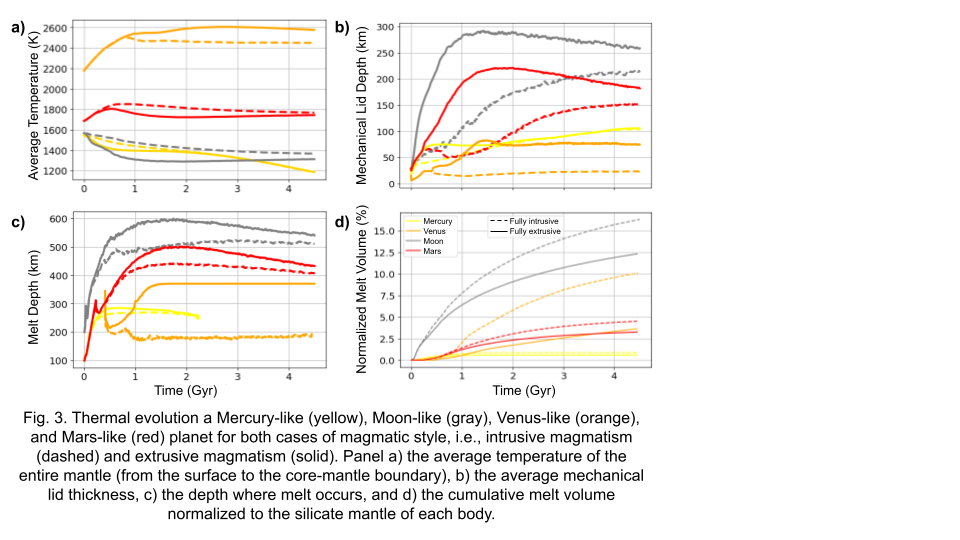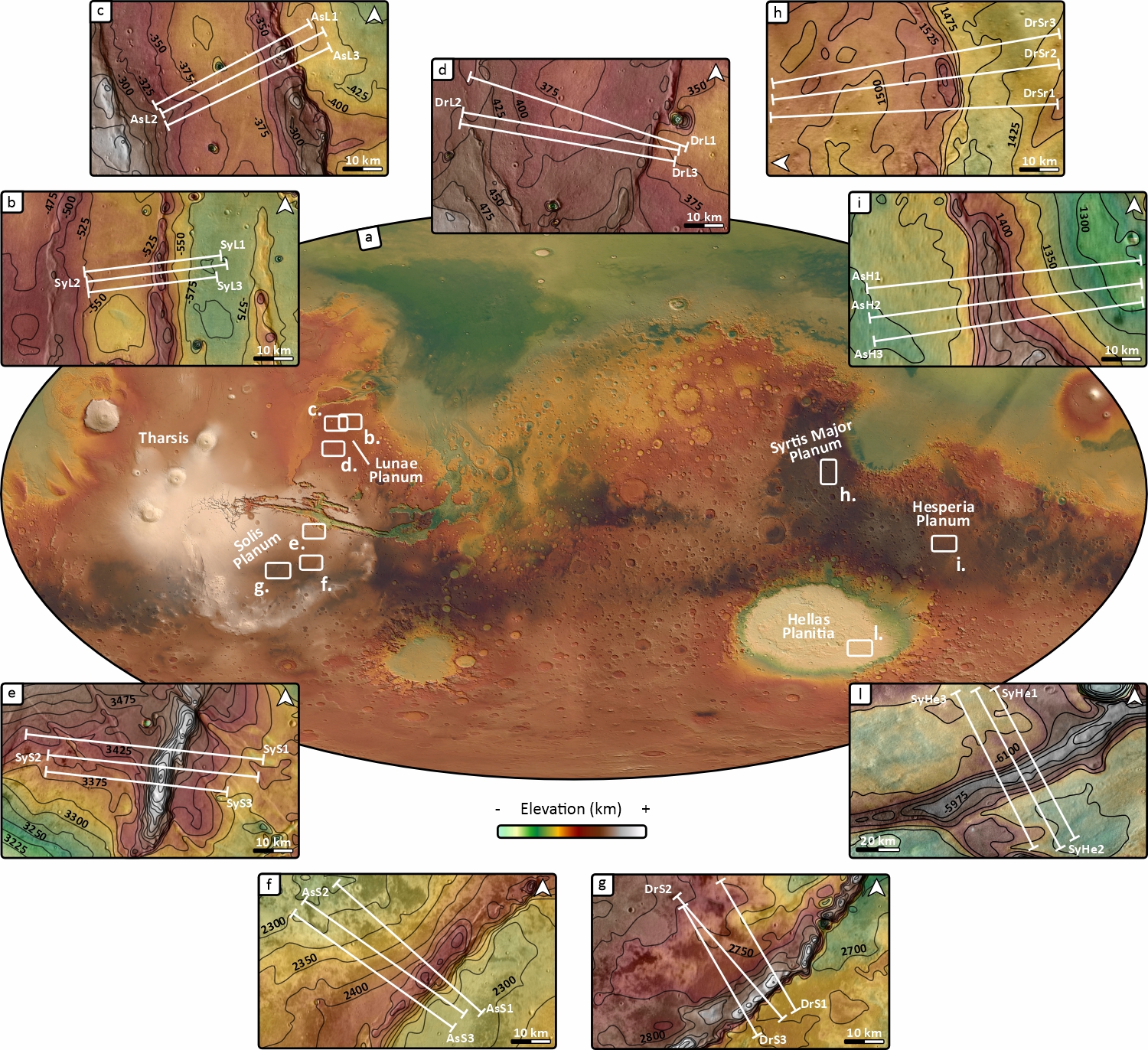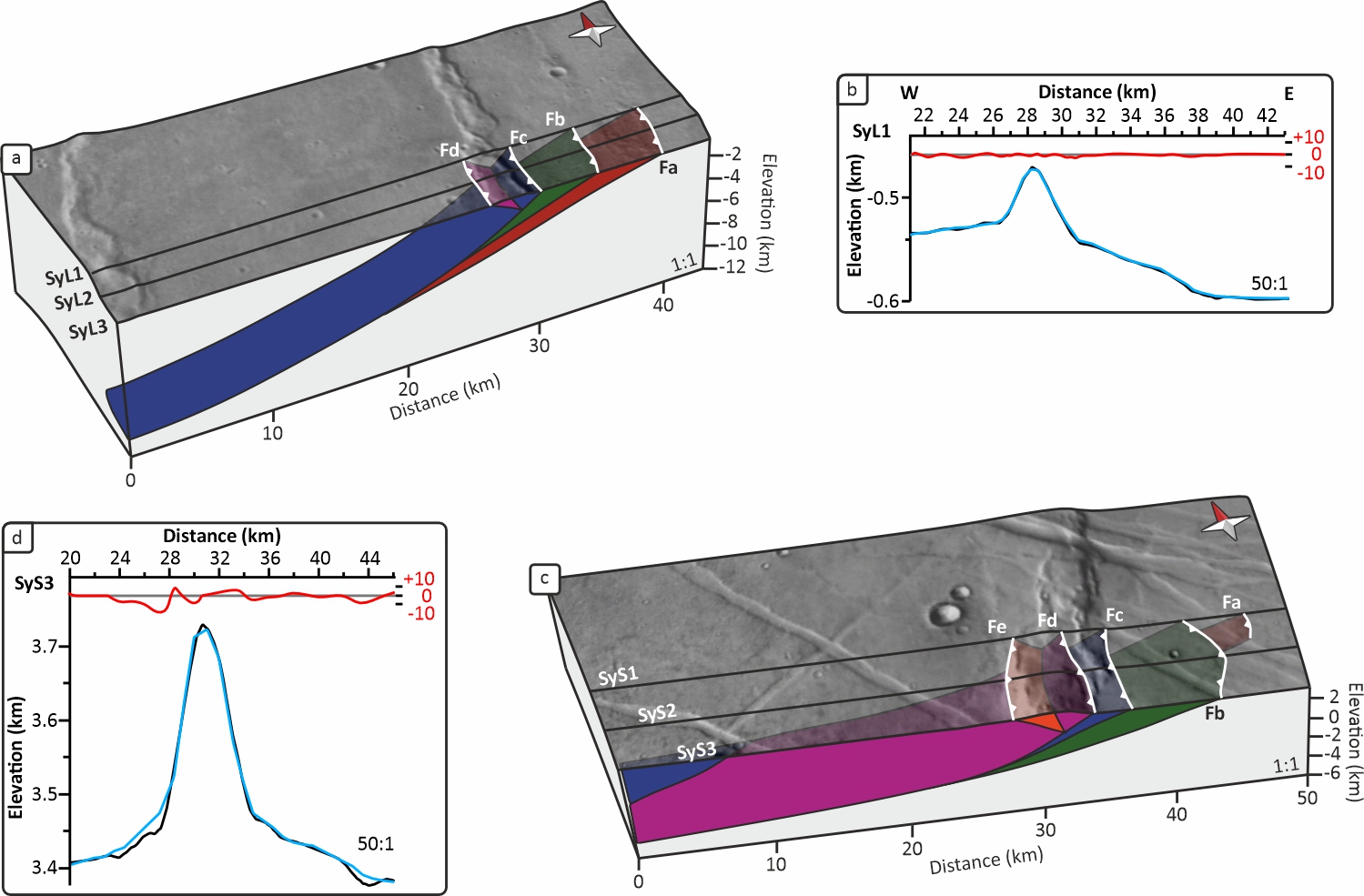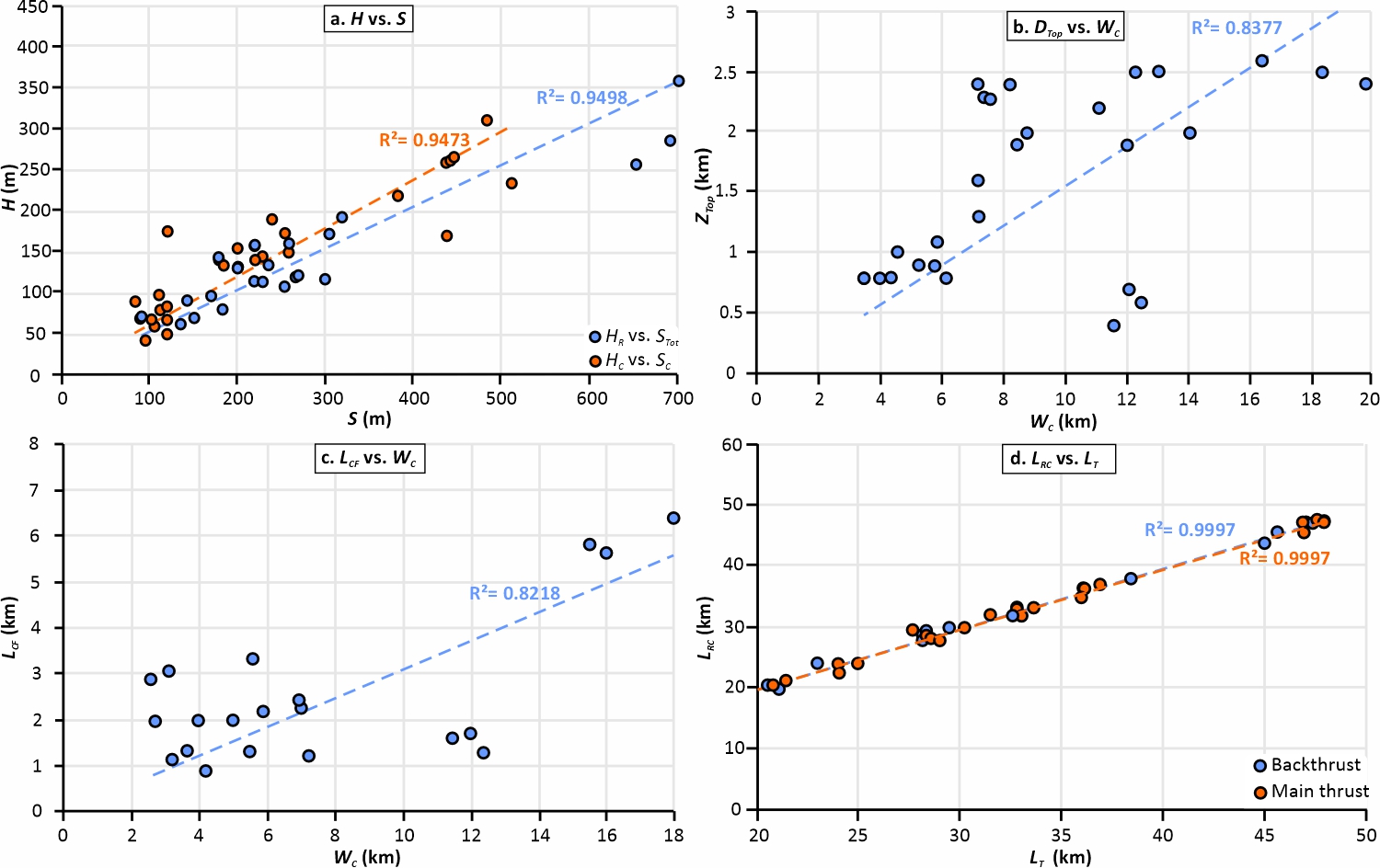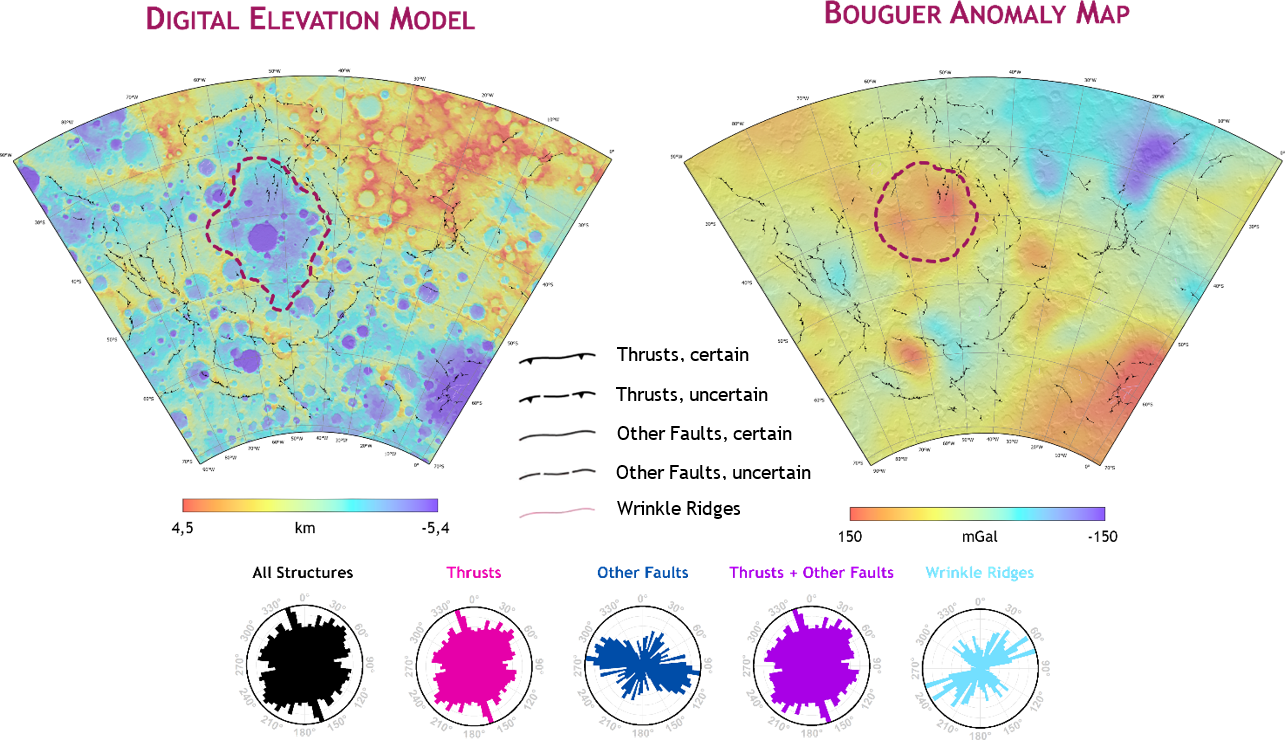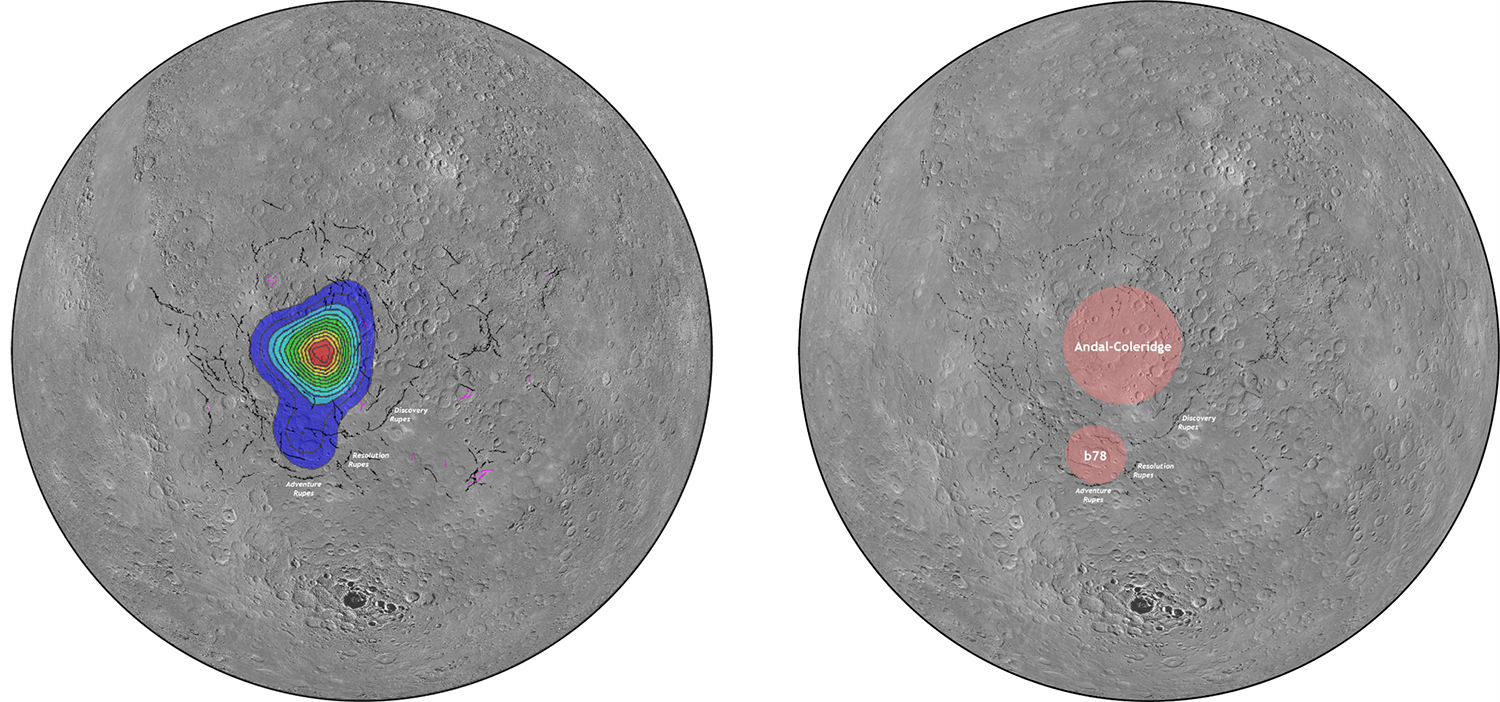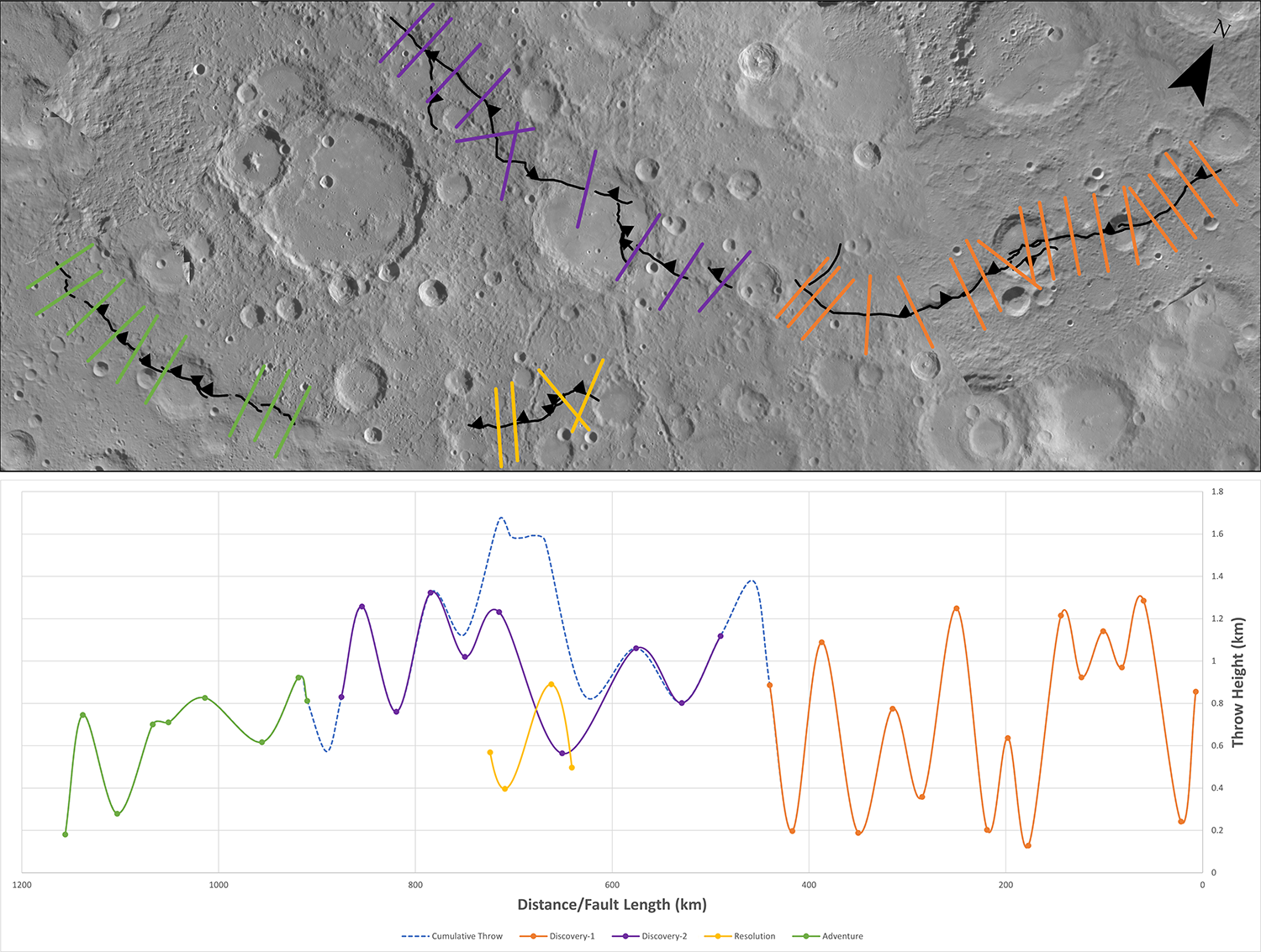TP7
Planetary volcanism, tectonics, and seismicity
Co-organized by MITM
Conveners:
Petr Broz,
Oguzcan Karagoz,
Iris van Zelst
|
Co-conveners:
Ernst Hauber,
Chloe Michaut,
Sam Poppe,
Filippo Carboni,
Carolyn van der Bogert,
Evandro Balbi,
Gene Schmidt,
Paola Cianfarra,
Anna Horleston,
Naomi Murdoch,
Maxence Lefevre
This session invites observational, analytical, theoretical, and analogue fieldwork research into any aspect of planetary endogenic processes. We welcome submissions on comparing landforms and processes on multiple bodies; geochemical and chronological data from planetary material; numerical modeling studies; tectonics and seismicity across the Solar System; theoretical and technical designs for current or future missions; as well as data analysis and insights on the seismicity and interior structures of planets and small bodies.
Session assets
16:30–16:40
|
EPSC2024-39
|
ECP
|
On-site presentation
16:40–16:50
|
EPSC2024-466
|
ECP
|
On-site presentation
17:00–17:10
|
EPSC2024-1339
|
On-site presentation
17:10–17:15
Q&A
17:15–17:25
|
EPSC2024-383
|
On-site presentation
17:25–17:35
|
EPSC2024-915
|
ECP
|
On-site presentation
17:35–17:45
|
EPSC2024-737
|
ECP
|
On-site presentation
17:45–17:55
|
EPSC2024-883
|
On-site presentation
17:55–18:00
Q&A
P40
|
EPSC2024-147
|
Virtual presentation
P41
|
EPSC2024-358
|
ECP
|
On-site presentation
P42
|
EPSC2024-444
|
On-site presentation
P43
|
EPSC2024-488
|
ECP
|
On-site presentation
P44
|
EPSC2024-650
|
ECP
|
On-site presentation
P45
|
EPSC2024-728
|
On-site presentation
P46
|
EPSC2024-888
|
ECP
|
On-site presentation
P47
|
EPSC2024-1106
|
ECP
|
On-site presentation
